

 I'm programming a simple application in OpenGL. I have a model that I want to rotate around its center (local coordinate), then translate it along with its local coordinate, too. I've done two scenarios,
rotate then translate, and vice versa. In the first scenario, I got the rotation correct but the model then translate based on the world coordinate not the model (local) coordinate. When I translate first, I got the translation right but the rotation is no longer around the model center.
here's the code,
I'm programming a simple application in OpenGL. I have a model that I want to rotate around its center (local coordinate), then translate it along with its local coordinate, too. I've done two scenarios,
rotate then translate, and vice versa. In the first scenario, I got the rotation correct but the model then translate based on the world coordinate not the model (local) coordinate. When I translate first, I got the translation right but the rotation is no longer around the model center.
here's the code,
glPushMatrix();
// ignore this
/*glRotatef(_zRoll, 0.0, 0.0, 1.0);
glRotatef(_yTilt, 1.0, 0.0, 0.0);
glRotatef(_xPan, 0.0, 1.0, 0.0);*/
glScalef(scale, scale, scale);
glTranslatef(0.0, 0.0, -2.0);
glTranslatef(_xTranslate, _yTranslate, _zTranslate); // The required translation
// The required rotation
glRotatef(_yangle, 0.0, 1.0, 0.0);
glRotatef(_zangle, 0.0, 0.0, 1.0);
glRotatef(_xangle, 1.0, 0.0, 0.0);
glTranslatef(coord.x, coord.y, coord.z); // translate to the model center
glCallList(aHelix);
glPolygonMode(GL_FRONT_AND_BACK, GL_LINE);
glPopMatrix();
glutSwapBuffers();



